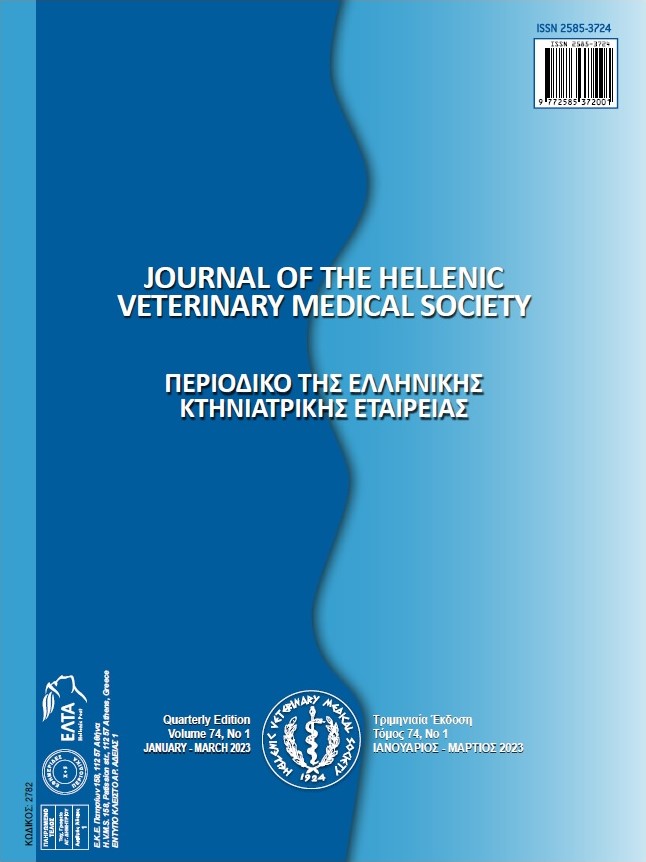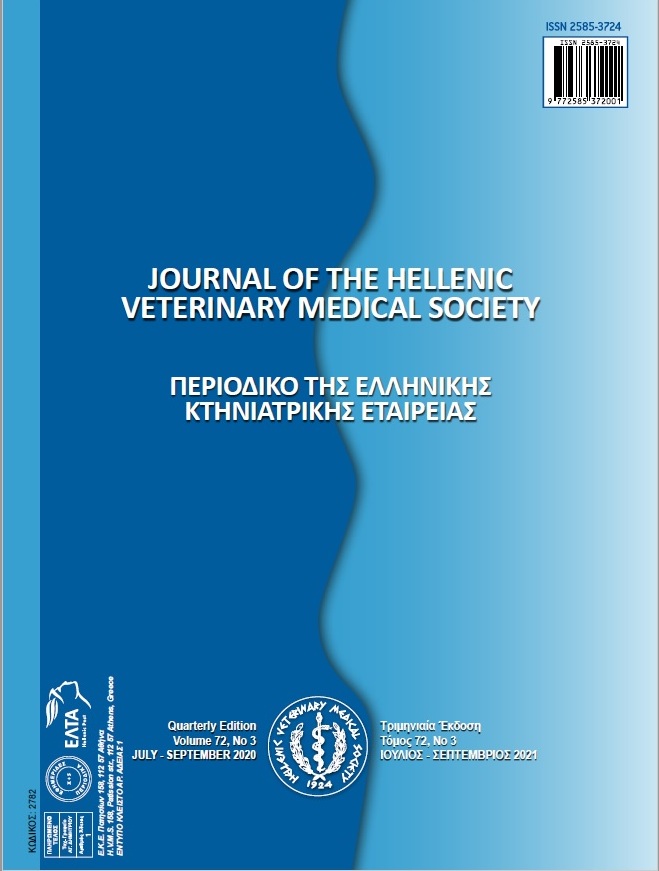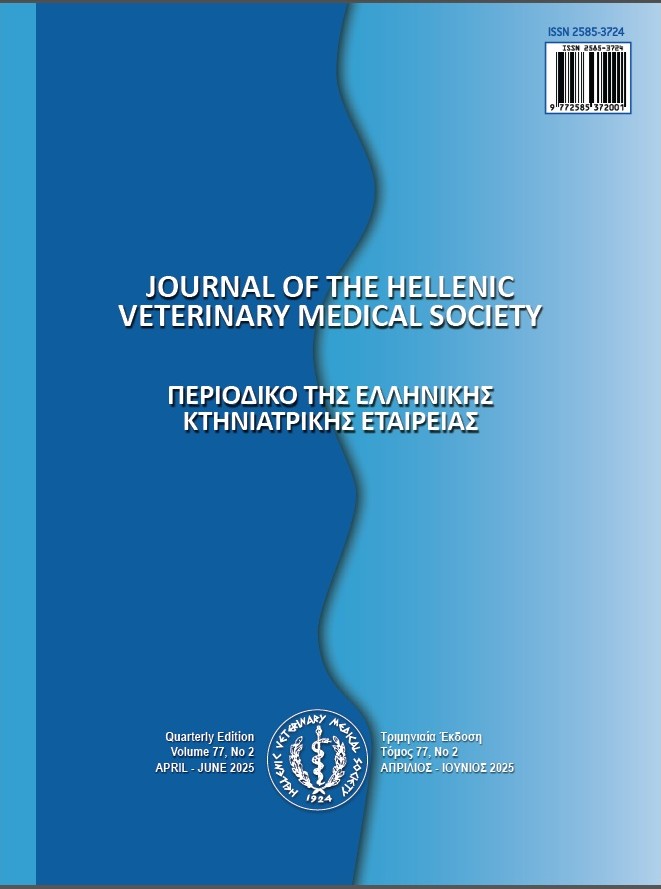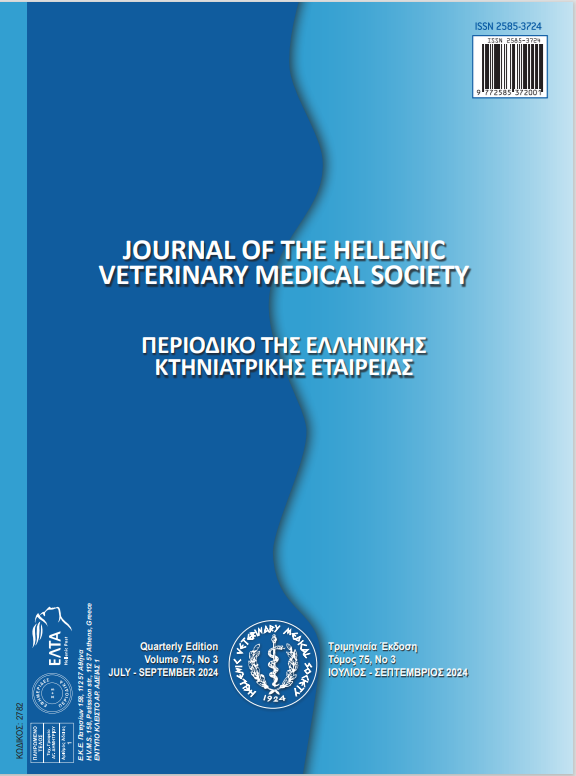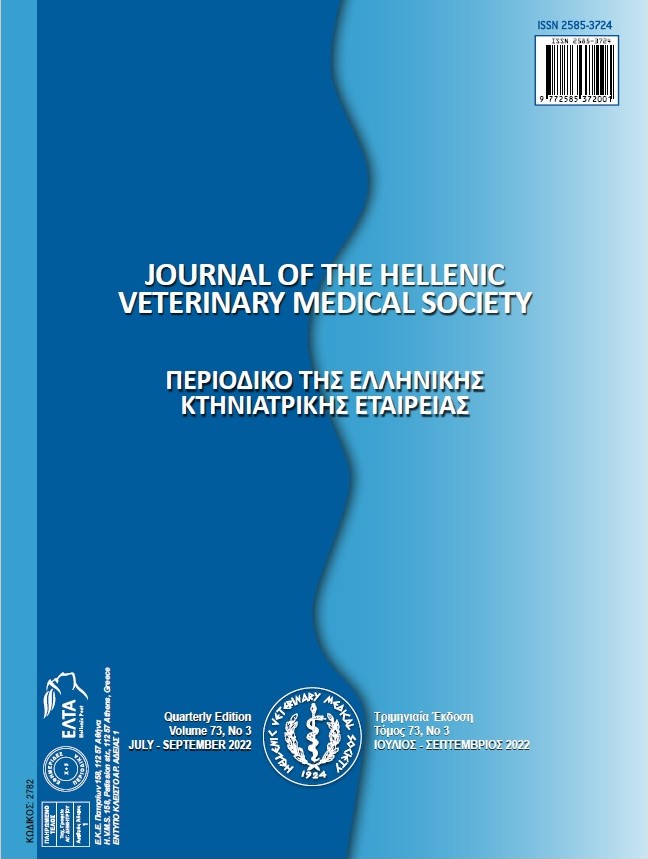Effect of the Nettle Essential Oil (Urtica dioica L.) on the Performance and Carcass Quality Traits in Broiler Chickens Nettle essential oil in broilers diet

Abstract
As a result of the worldwide ban on antibiotic growth promotants in food animals, essential oils have gained considerable importance. Animal meat and carcass quality traits have also been reported to be influenced by essential oils. This study investigated the effects of common nettle essential oil (Urtica dioica L.) in broiler chicken nutrition on performance and carcass quality characteristics. For this experiment which has lasted a 42-days, a total of 648 one-day-old broilers hybrid Cobb 500 was used. A total of 12 replicates were used per dietary treatment, leading to a total of 18 broilers per replicate. The three dietary treatments comprised a control diet (C), a control diet + 0.5% of nettle essential oil (EO1), and a control diet + 1.0% of nettle essential oil (EO2). Despite the carcass and breast yields being higher in the essential oil treatments (EO1 and EO2) compared to the control treatment (C), the thigh yields were unaffected by diet (P>0.05). Shank yield was higher in the EO1 and EO2 treatments as compared with the control (P<0.05) treatment. The weight of the viscera decreased (P<0.05) in the dietary treatments with the addition of essential oils. The EO2 treatment had a lower meat pH compared to the other two treatments. Based on the obtained results, it is concluded that the EO2 treatment was equally effective as the EO1, regarding the carcass traits, and therefore can serve as an alternative to the banned antibiotic growth promoters in broiler chickens.
Article Details
- How to Cite
-
Puvača, N., Roljević Nikolić , S., Lika, E., Shtylla Kika , T., Giannenas, I., Nikolova, N., Tufarelli, V., & Bursić, V. (2023). Effect of the Nettle Essential Oil (Urtica dioica L.) on the Performance and Carcass Quality Traits in Broiler Chickens : Nettle essential oil in broilers diet. Journal of the Hellenic Veterinary Medical Society, 74(2), 5781–5788. https://doi.org/10.12681/jhvms.30264 (Original work published July 6, 2023)
- Issue
- Vol. 74 No. 2 (2023)
- Section
- Research Articles

This work is licensed under a Creative Commons Attribution-NonCommercial 4.0 International License.
Authors who publish with this journal agree to the following terms:
· Authors retain copyright and grant the journal right of first publication with the work simultaneously licensed under a Creative Commons Attribution Non-Commercial License that allows others to share the work with an acknowledgement of the work's authorship and initial publication in this journal.
· Authors are able to enter into separate, additional contractual arrangements for the non-exclusive distribution of the journal's published version of the work (e.g. post it to an institutional repository or publish it in a book), with an acknowledgement of its initial publication in this journal.
· Authors are permitted and encouraged to post their work online (preferably in institutional repositories or on their website) prior to and during the submission process, as it can lead to productive exchanges, as well as earlier and greater citation of published work.



